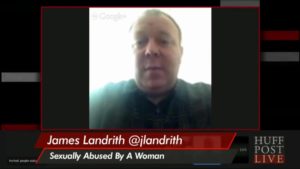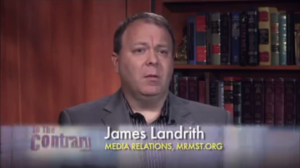This was an interesting read in The Atlantic regarding Chanel Miller’s recent decision to step out of anonymity and share her story via memoir. It got me thinking about the evolution of my own story in the media. My experience has been used as source material for the plot of a female-on-male rape in a romance novel. I know the author and we have talked about it – that was okay. It was also portrayed (with some artistic license) on stage at a UK theatre. I was asked in advance about the stage adaption and that was fine as well. Eventually, the Marine Corps incorporated my story into one of their bystander education courses. Various interviews have been included as reference materials in college course syllabi.
I consented to CNN, PBS’ To The Contrary, Babe, HuffPost Live, Teen Vogue, Huffington Post, Circa News, and dozens of other publications for interviews, mentions and quotes. Other publications and organizations such as The Atlantic, Committee to Protect Journalists, BuzzFeed, and so on have quoted me or referenced my story or work on sexual violence in other, legitimate ways.
The higher profile your disclosure, the harder it is to maintain control of where the facts end, advocacy begins, and art spawns as your story circulates and starts to gain traction. In the end, some level of detachment from any article, coverage or product you didn’t personally authorize or participate in is necessary for your own mental health. I had to stop worrying about minor screwed up details or timeline errors in stories about my rape so long as they didn’t involve intentional attempts to discredit or trivialize.
Once my story became part of some of the Wikipedia rape entries (Rape by gender and Rape of males), it was way beyond my control to police anyway. I no longer lose sleep over any of it – with a single exception. Shannon Smith (Larry Nassar’s defense attorney) is still trash for using my rape as a marketing tool for obtaining female sex offenders as clients. That is a verifiable fact. Fight me.



